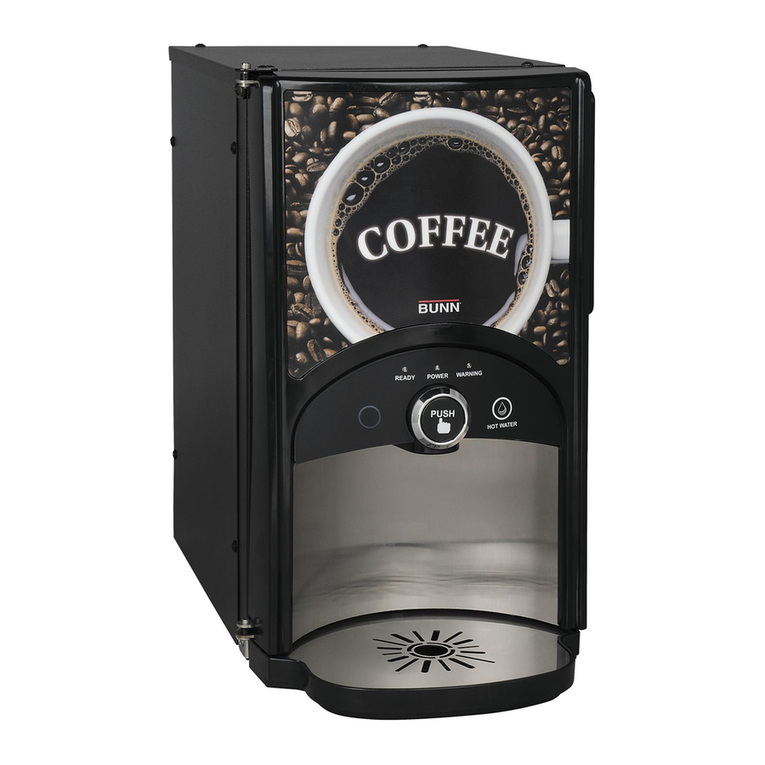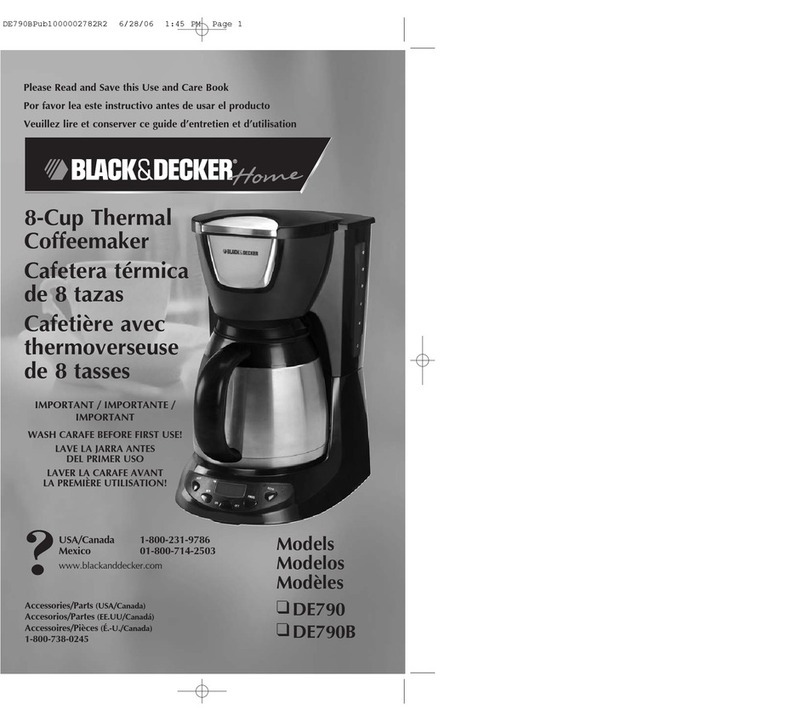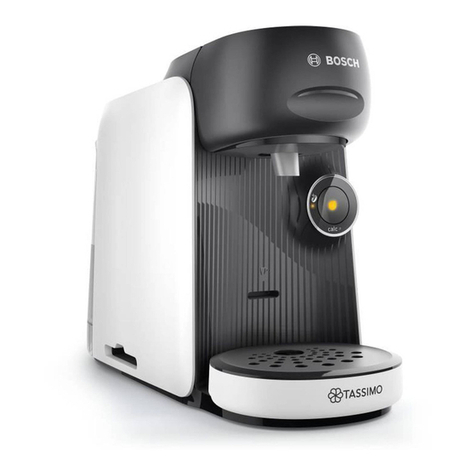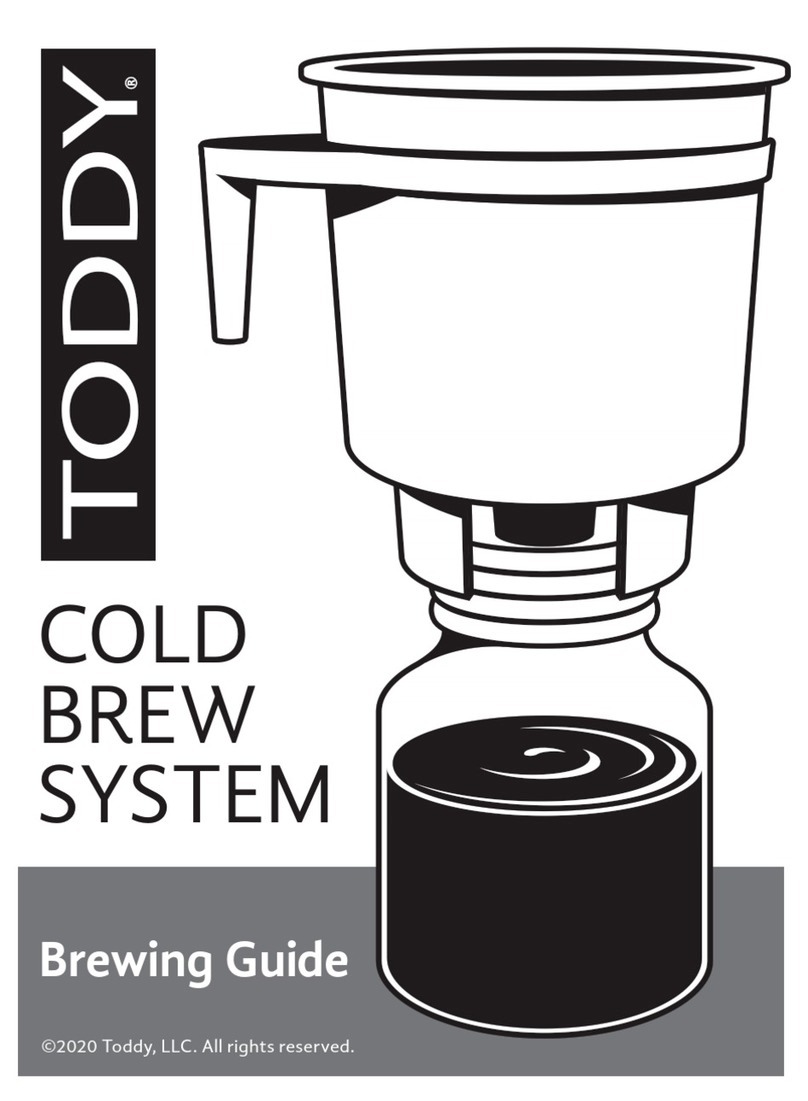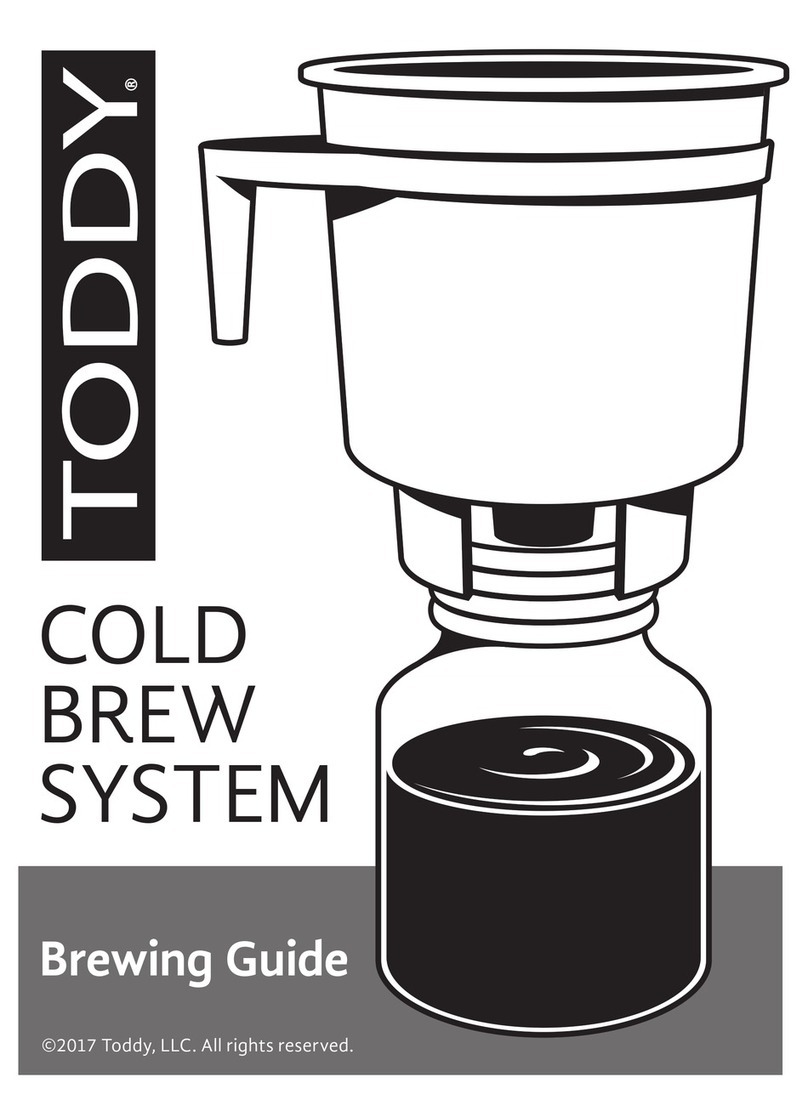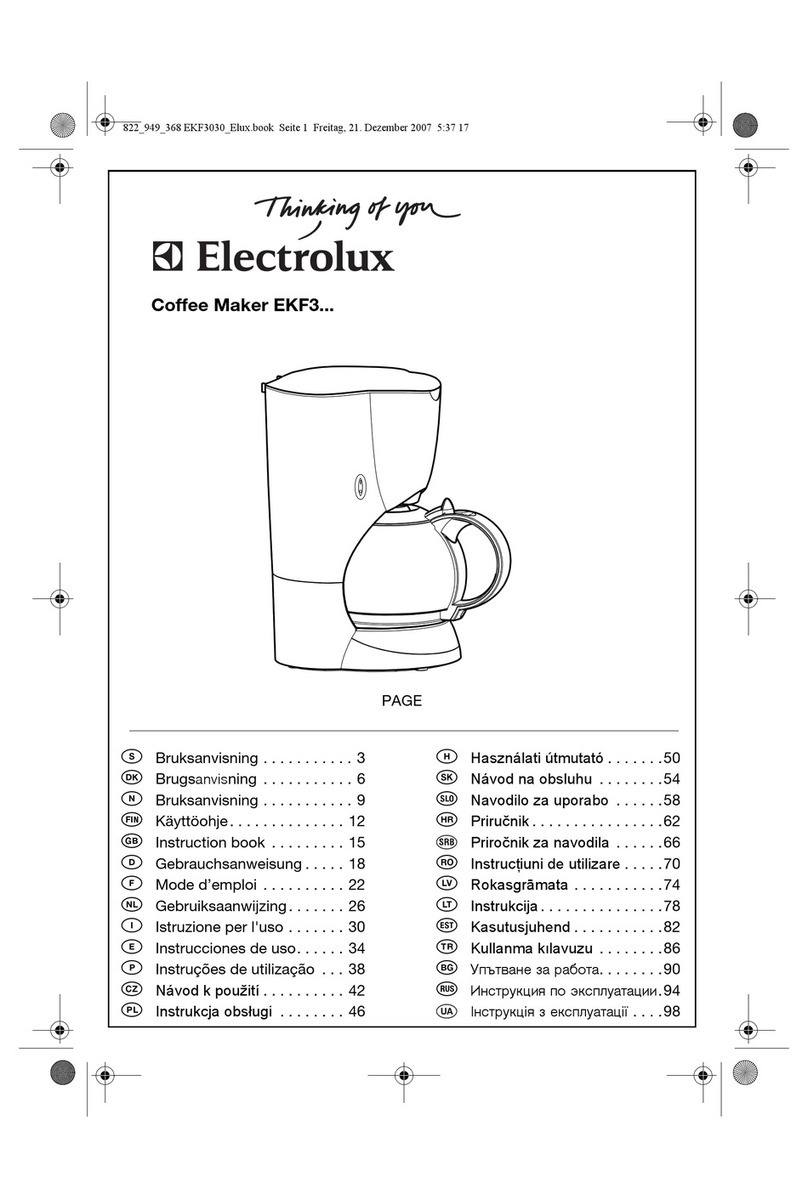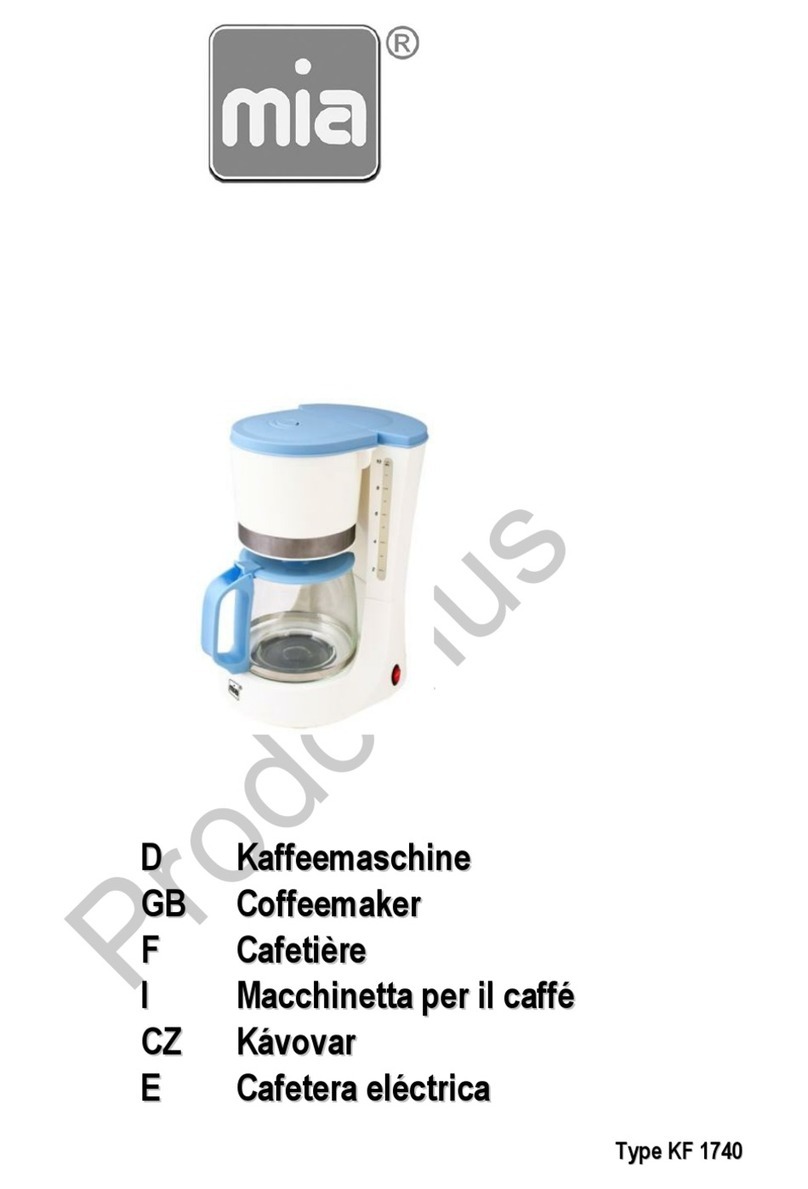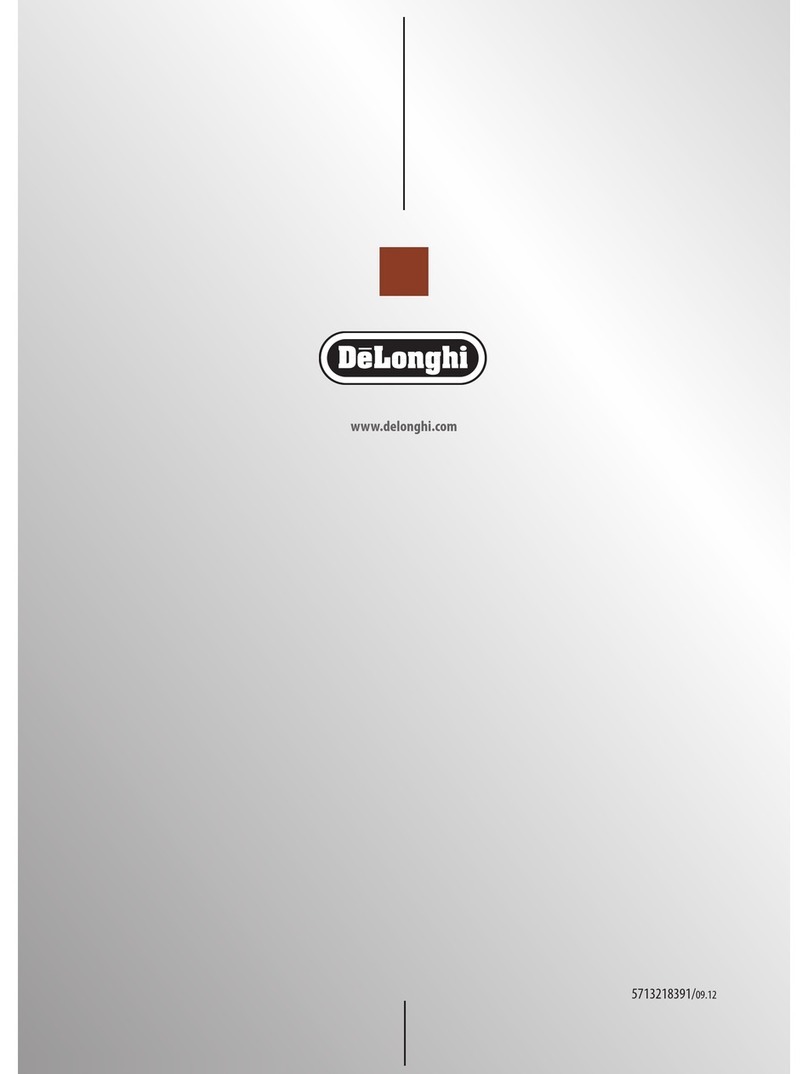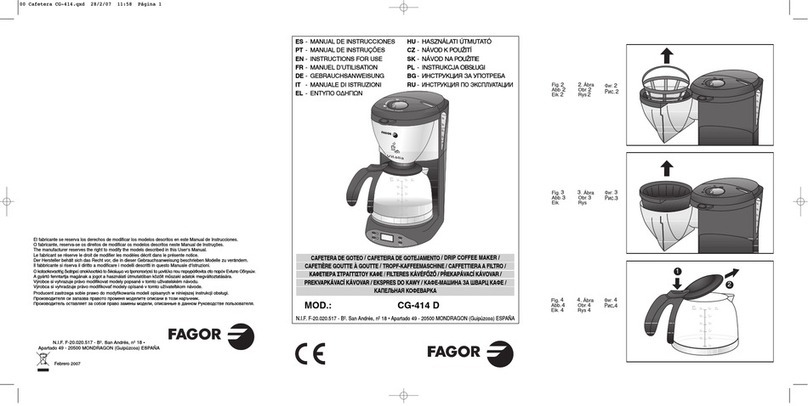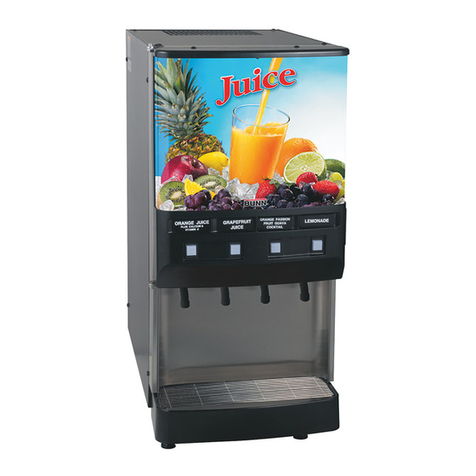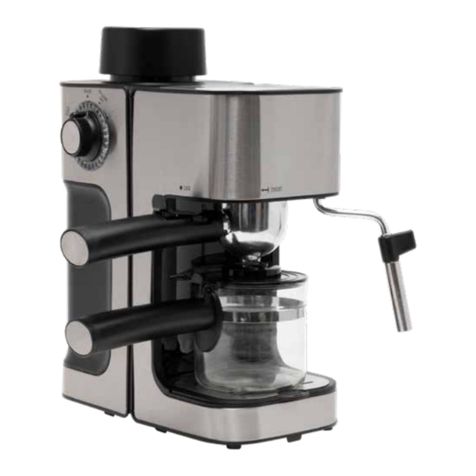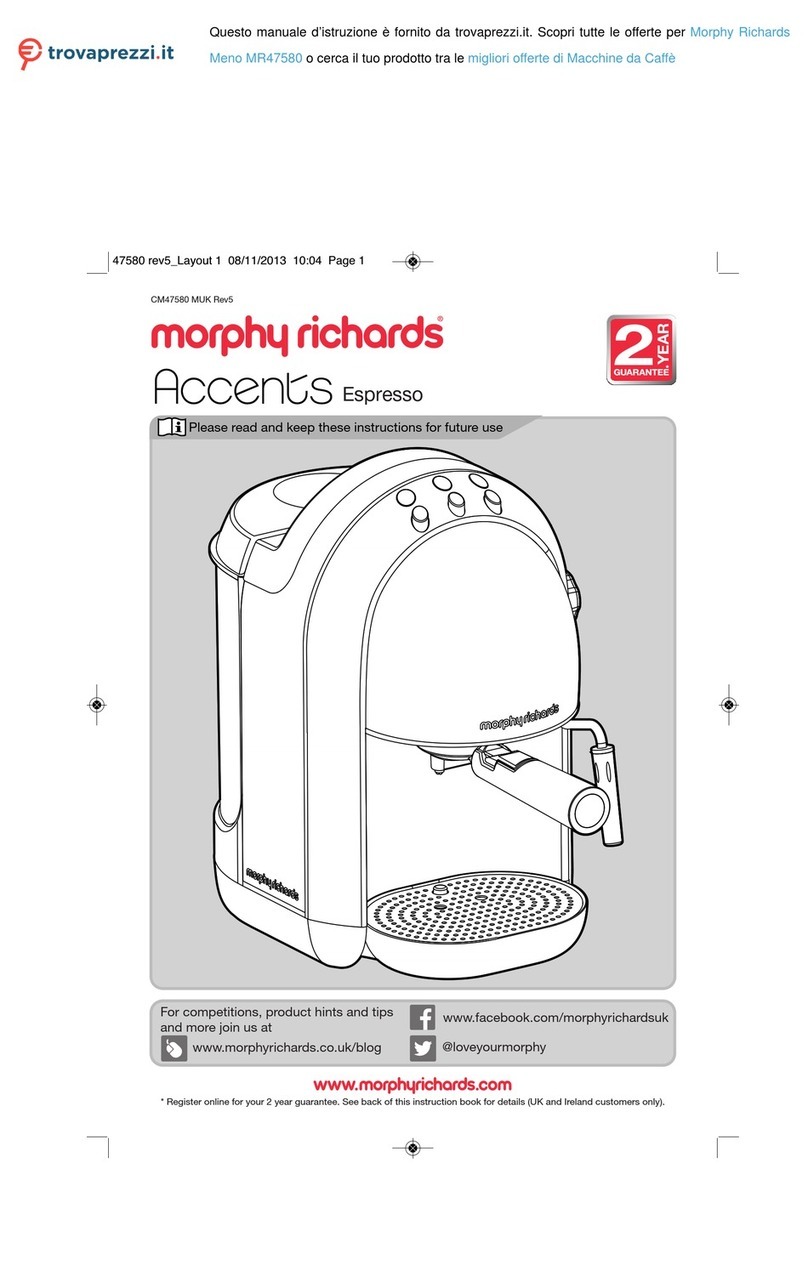The Toddy -It's
That
Simple
1.
Coffee
Beans:
Make sure your coffee beans
are
Arabica grade (not Robusta
grade). Arabica grade coffee beans may be purchased at your local coffee
house or grocery market.
2.
Grind: Different coffee brewing methods require different types
of
grinds.
It's important that you
use
regular
or,
better yet, coarsely ground coffee
with
yourToddy.
If you
ask
your local cafe or market
to
grind your beans,
ask
them to grind
them on a "coarse" setting. Don't grind them
as
you would for
use
in a French
Automatic Drip or
Espresso
machine -you'll be disappointed in the
results.
If
you grind your beans at home, you may
use
a blade grinder, grinding your
beans between
9-11
seconds -similar
to
the arind used in
an
old-fashioned
percolator.
3.
Add Coffee and Water: TheToddy brewing container
is
designed
to
hold
(1)
one pound
of
coffee and
(9)
nine cups
(72
fluid ounces)
of
water. First, insert
the
stopper into the outside
bottom
of
the brewing container; then, dampen
the filter and insert it into the inside
bottom
of
the brewing container.
Next, add
(2)
two
cups
of
water into
the
bottom
of
the Toddy brewing con-
tainer. Add (1/2) half pound ground coffee. Slowly pour
(5)
five cups
of
water
over the grounds. The water should
be
added gently,
in
a circular motion, to
make sure all thegrounds
get
wet and there
are
no dry pockets. Then, add the
.j.
remaining
(1
12)
halfpound ground coffee. Finally, wait five minutes and slow-
ly add
(2)
two
cups
of
water.
DO
NOT
STIR
(stirring
the
bed
of
grounds
can
result in aclogged filter).
press
down on the topmost grounds
with
the back
of
a spoon to
ensure all qrounds
get
wet. Allow to cold brew for
12
hours before draining.
NOTE:
Use
good water. Coffee
is
98-99% water.
Fresh
water contains more
oxygen and this will lead
to
a fresher-tasting cup
of
coffee. Ifyour tap water
tastes
OK,
then
use
it, but, generally speaking, it's better to
use
either filtered
or bottled water.
Do
not
use
distilled water -the absence
of
minerals will leave
your coffee tasting flat.
NOTE:
Ifyour coffee
is
packaged in
sizes
see
the
FAQ
section
that
follows for detailed
n<"nM1-."
.....
4. Brew and Filter:
We
recommend thatyou cold brew your coffee grounds
12
hours
to
achieve maximum results. This will produce a pure concentrate
with
minimum acidityand caffeine.
Once brewing
is
complete, remove the stopper and immediately place the
brewing containeron
top
of
theglass decanter
to
allow thecoffee concentrate
to filter. When complete, remove the brewing container and dispose
of
the
grounds. Your concentrate
is
ready to serve.
Toddy's cold brew process should yield
six
cups
(48
fluid ounces)
of
coffee
concentrate. The coffee beans absorb the balance
of
the water.
You
may cold brew your grounds longer than the recommended
12
hours.
However,
if
you do, more acidity and caffeine will be absorbed into the liquid
the
amount
of
acidity and caffeine will never be
as
much
as
coffee
brewed by conventional
hot
water methods}. The trade-off: Richer concen-
trate will be produced (with the same amount
of
liquid). allowing you
to
make
more cups
of
coffee per pound
of
coffee beans.
5.
Enjoy Your
Fresh
Cup
of
Coffee: The Toddy produces a pure, naturally
low
acid coffee concentratethat may be refrigerated for up to 14 days
without
any
deterioration in taste or freshness. And, importantly, there's no waste. Toddy
can be made one cup at a
time
simply by adding steaming
hot
or cold water,
milk or cream. It's also microwavable (do
not
boil concentrate).
We
recommend a ratio
of
(1) one part coffee concentrate
to
(3)
three parts
water,
milk
or
cream. However, one
of
the benefits
of
using theToddy system
is
that
you can mix
to
taste (make
it
as
strong
or
as
weak
as
you prefer).
NOTE:
Coffee beans tend to lose their flavor rather quickly after being
exposed to oxygen, especially
so
after the beans are ground. Always keep
your coffee in a sealed container that prevents the coffee from being exposed
to
the
open air preferably inside your freezer.
When keeping coffee in
the
freezer, take
out
only
the
amount you plan to use
and
put
the remainder back into
the
freezer immediately. Coffee kept in the
freezer will remain fresh a
month
or more.
2 3
